Maintaining a healthy lawn requires more than just mowing and watering. Lawn diseases can quickly take over and destroy your lawn, leaving you with an unsightly mess.
It is important to be aware of common lawn diseases and how to identify, prevent, and treat them.
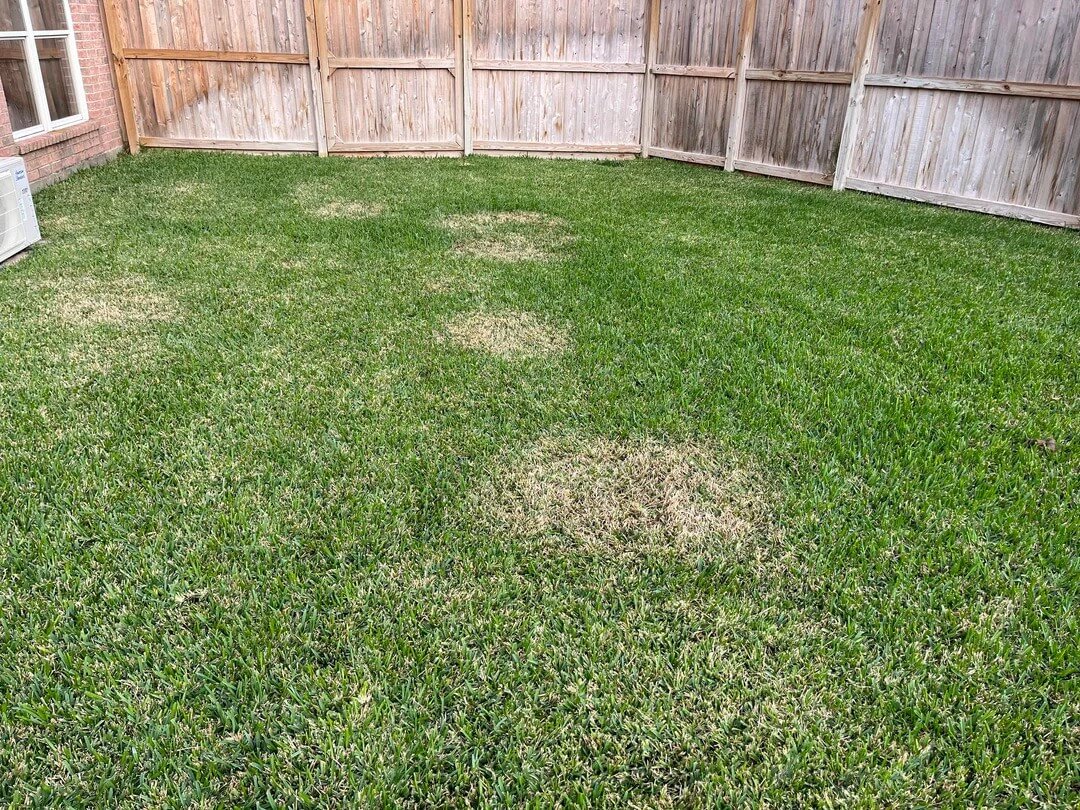
Maintaining a healthy lawn can be a challenge, especially when it comes to dealing with lawn diseases.
There are several types of lawn diseases, including fungal diseases, bacterial infections, and viral pathogens.
This section will discuss these types of lawn diseases and how you can identify the
Fungal diseases are some of the most common types of lawn diseases. They are caused by various types of fungi that attack grass blades, stems, and roots. Some common lawn fungus types include:
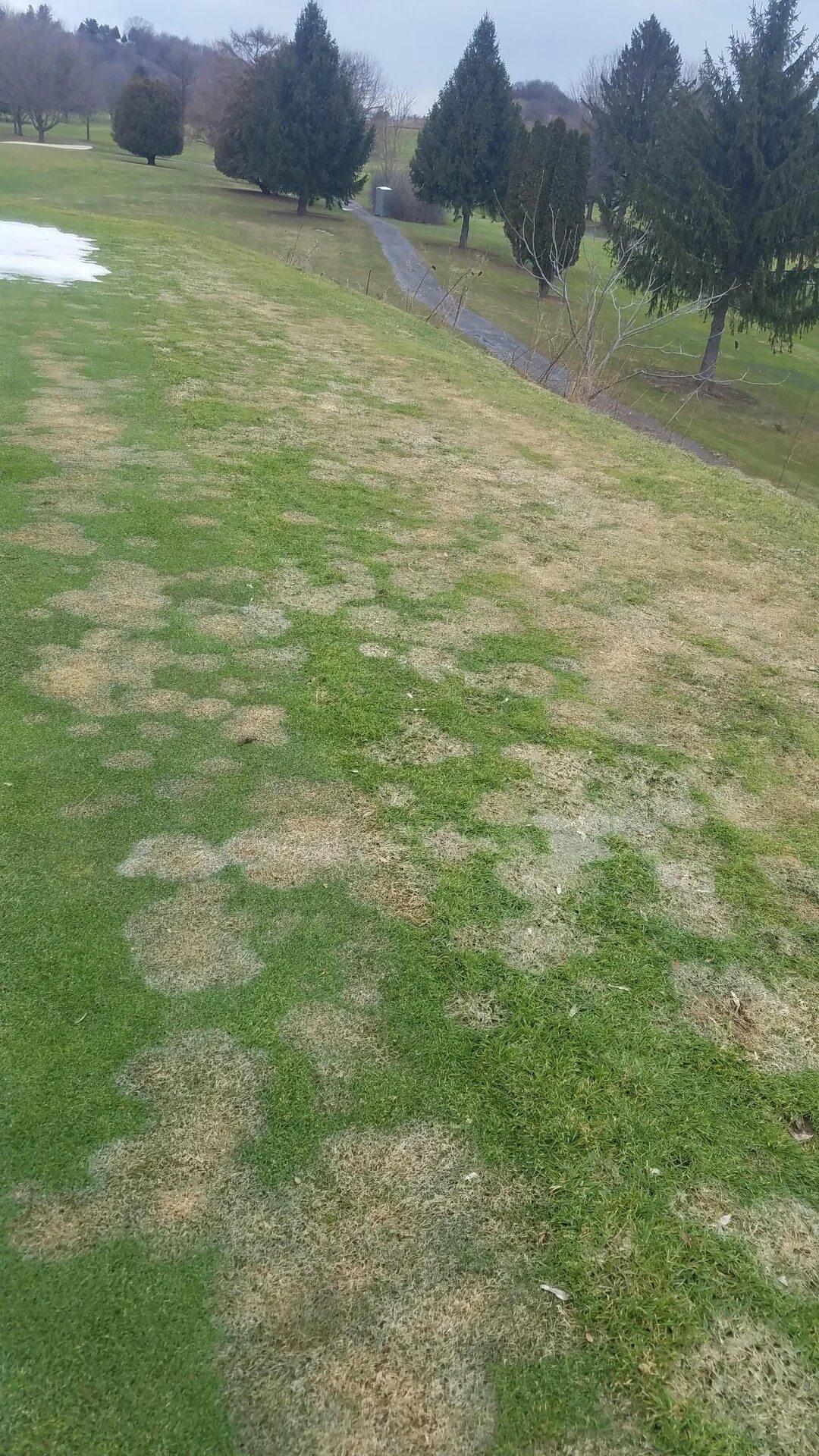
Bacterial infections are less common than fungal diseases but can still cause significant damage to your lawn.
They are caused by various types of bacteria that attack grass blades and roots. Some common bacterial infections include:
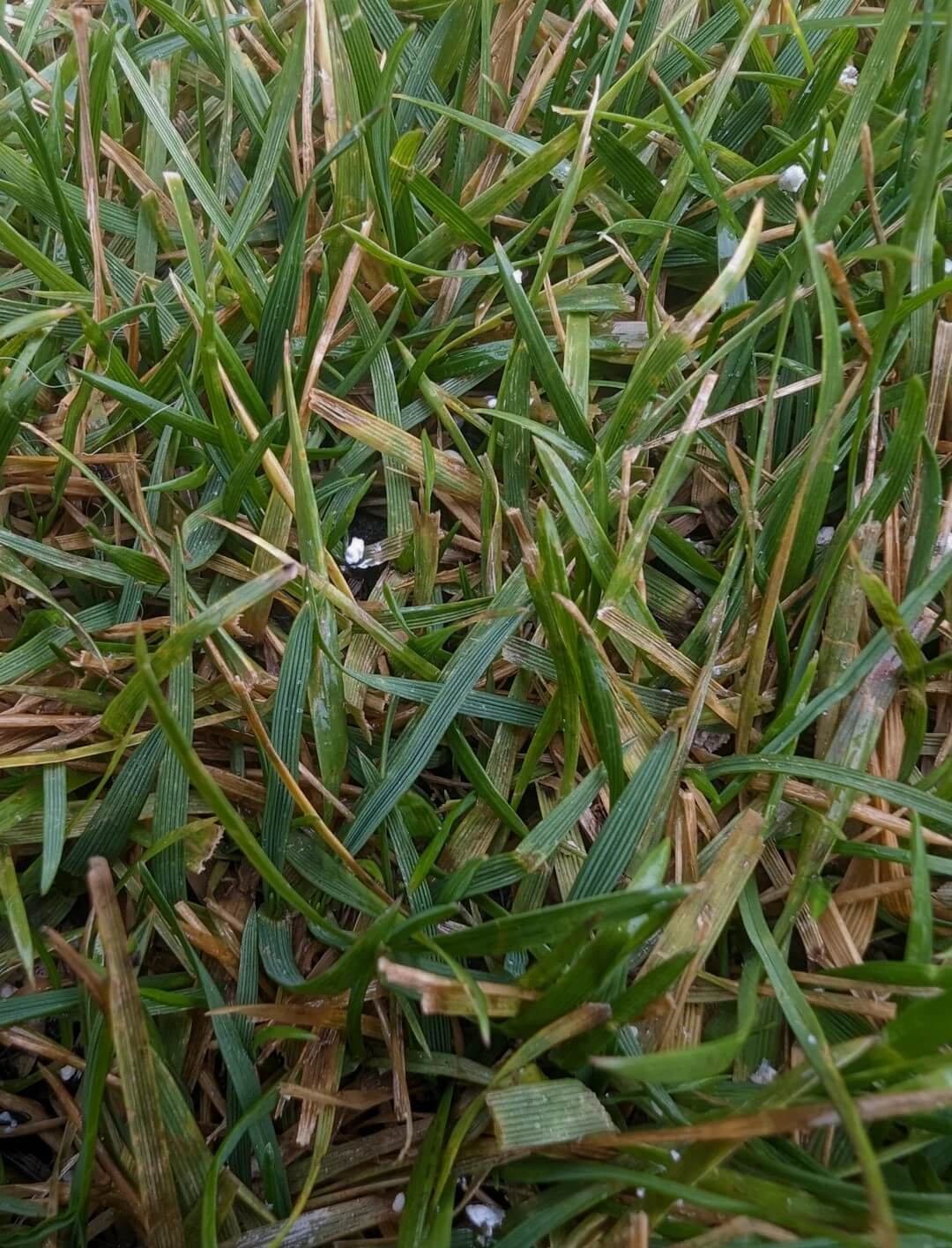
Viral pathogens are the least common type of lawn disease caused by various viruses that attack grass blades and roots. Some common viral pathogens include:
Understanding the different types of lawn diseases and how to identify them can help you take the necessary steps to prevent and treat them.
Regular lawn maintenance, including proper watering and fertilization, can also help keep your lawn healthy and disease-free.
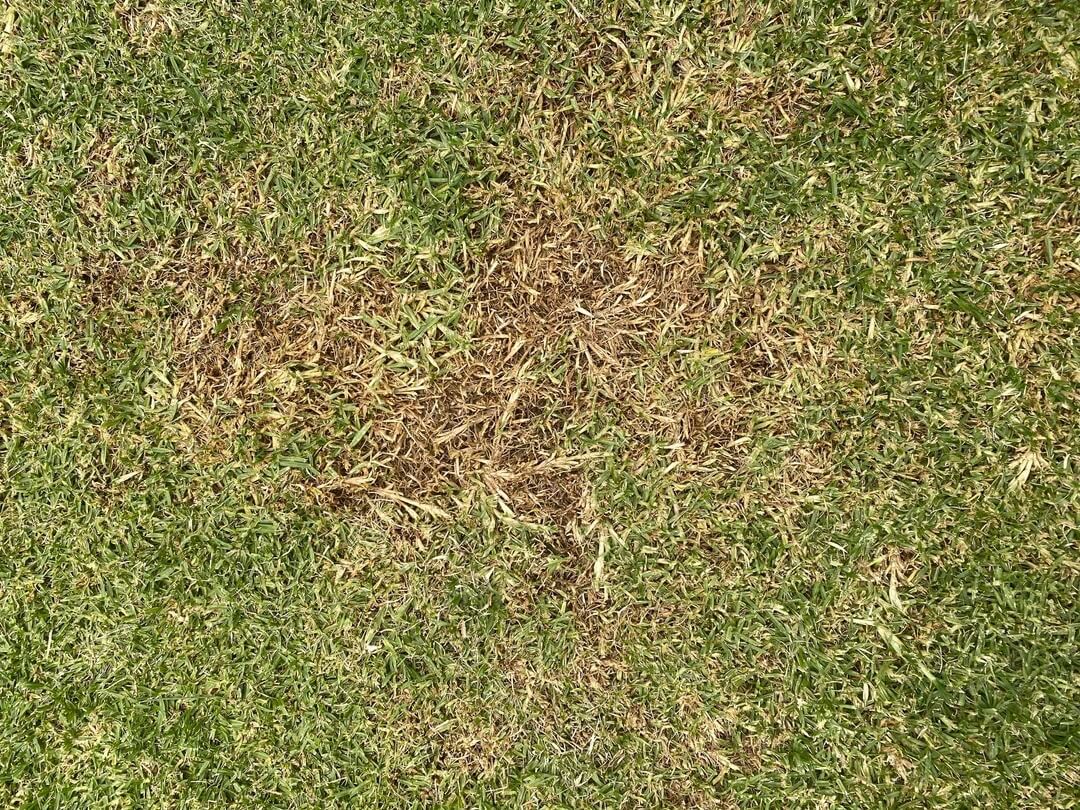
If you're noticing dead patches or unusual discoloration in your lawn, it could be a sign of a lawn disease.
In this section, we'll go over some of the most common symptoms of lawn diseases, as well as some diagnostic techniques to help in identifying lawn problems.
Lawn diseases can manifest in various ways, but some common symptoms include dead patches, discoloration, and unusual growth patterns.
For example, if you notice circular patches of dead grass, it could be a sign of a disease, like the brown patch or pink snow mold.
Similarly, yellow or brown patches in your lawn could signify a fungal infection like rust or powdery mildew.
To help identify lawn diseases, you can use a lawn disease identification chart. These charts typically include pictures of common lawn diseases and information about their symptoms and treatment options.
Some lawn disease identification charts may also include information about the grass types most susceptible to each disease.
If you're having trouble identifying the problem with your lawn, you can use a few diagnostic techniques. One technique is to closely examine the affected area and see if you can spot any unusual growth patterns or discoloration.
You can also take a soil sample and have it tested for nutrient deficiencies or pH imbalances. Another technique is to use a black light to look for signs of fungal infections, which will glow under the light.
Remember, early detection is key to treating lawn diseases. By looking for symptoms and using diagnostic techniques when necessary, you can help keep your lawn healthy and beautiful.
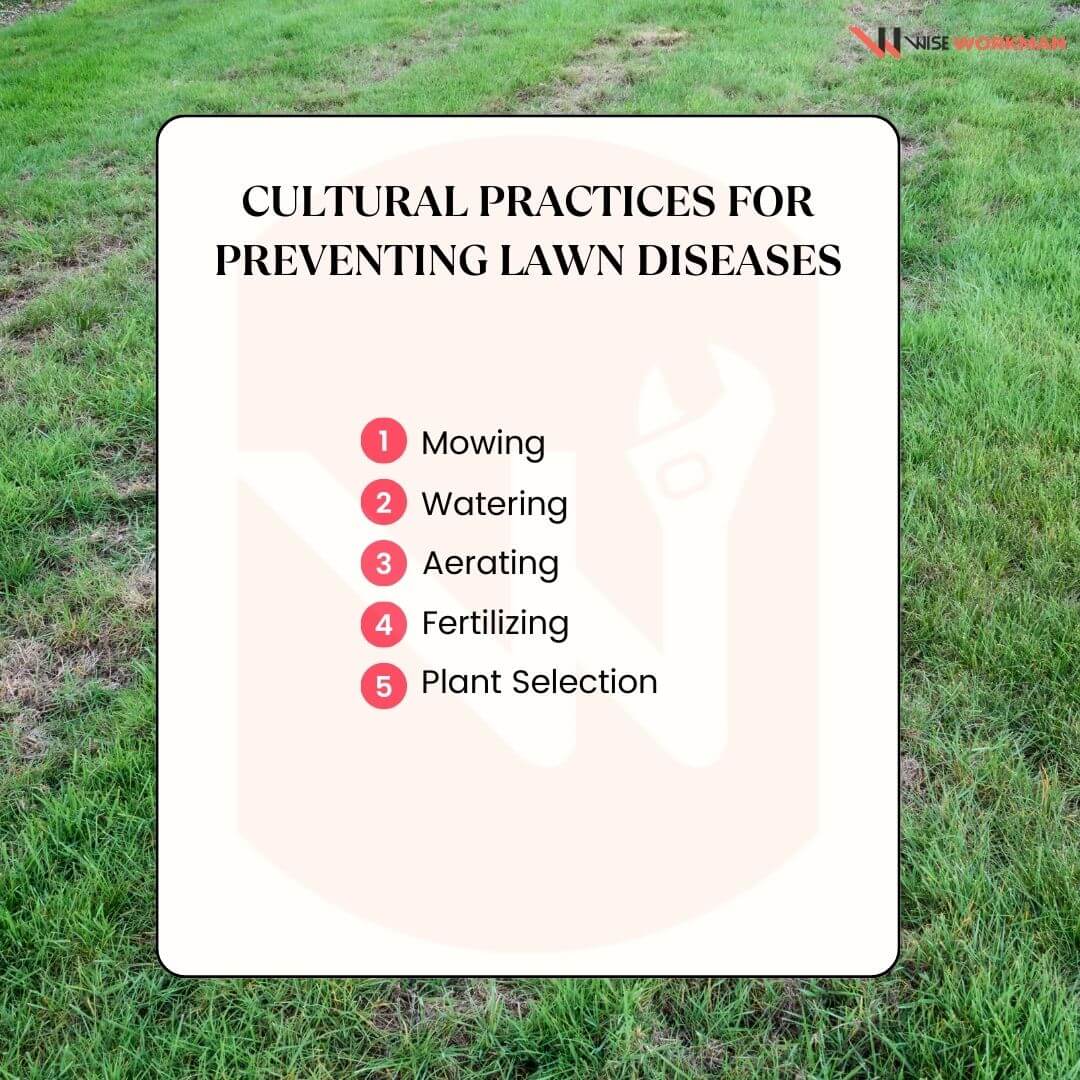
When it comes to lawn care, prevention is always better than cure. The following tips can help you prevent lawn diseases from taking hold in your yard.
By following these cultural practices and using chemical prevention methods when necessary, you can keep your lawn healthy and prevent the spread of disease.
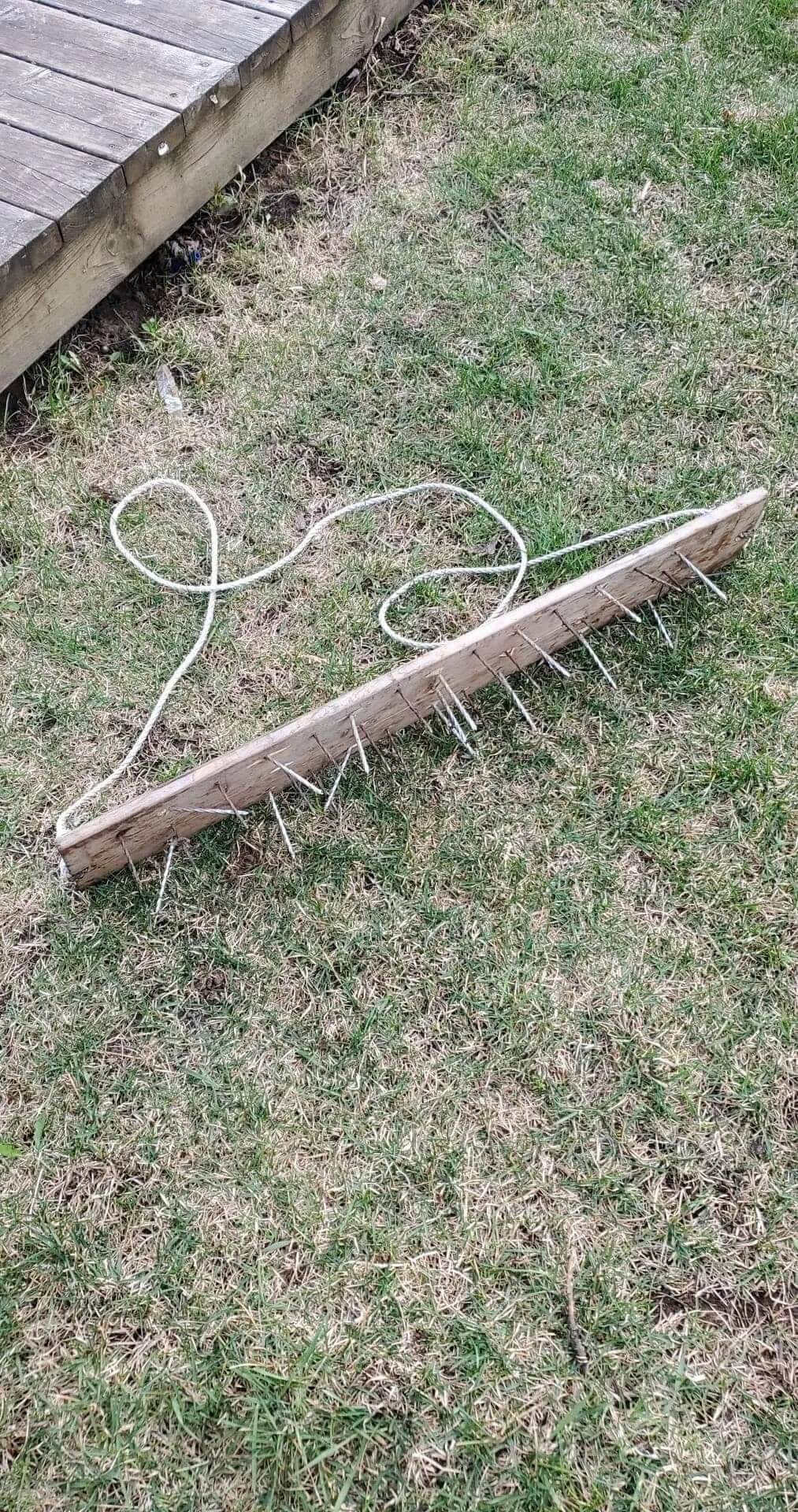
If your lawn is affected by a disease, there are several treatment methods that you can use to manage and control the problem.
The first step is to identify the disease and its severity. Some diseases can be managed through cultural practices such as proper mowing, watering, and fertilization.
One effective cultural practice is to aerate your lawn. Aeration helps to improve soil compaction and better water drainage, allowing air and nutrients to reach the grassroots.
This can help prevent the buildup of thatch, which can provide a breeding ground for disease-causing organisms.
Another cultural practice is to water your lawn deeply and infrequently, preferably in the morning, to allow the grass to dry before evening. Avoid overwatering, as it can create conditions conducive to disease.
If cultural practices are insufficient to manage the disease, you may need to use chemical control methods. Fungicides are often used to control lawn diseases. When choosing a fungicide, look for broad-spectrum products effective against various diseases.
One fungicide that may be effective is The Andersons Prosphesy Propiconazole. This product is a broad-spectrum fungicide that can control dollar spot lawn disease. Another product that may be effective is Jonathan Green Organic Lawn Fungus Control.
When using fungicides, follow the instructions carefully. Wear protective clothing and equipment, and apply the product according to the label directions.
Be sure to apply the fungicide when the disease is in its early stages, as it may be less effective if the disease has already progressed.
Taking care of your lawn is a year-round task. Each season brings its own challenges and opportunities to keep your lawn healthy and beautiful.
In this section, we'll cover the seasonal lawn care tips you need to know to keep your lawn in top shape.
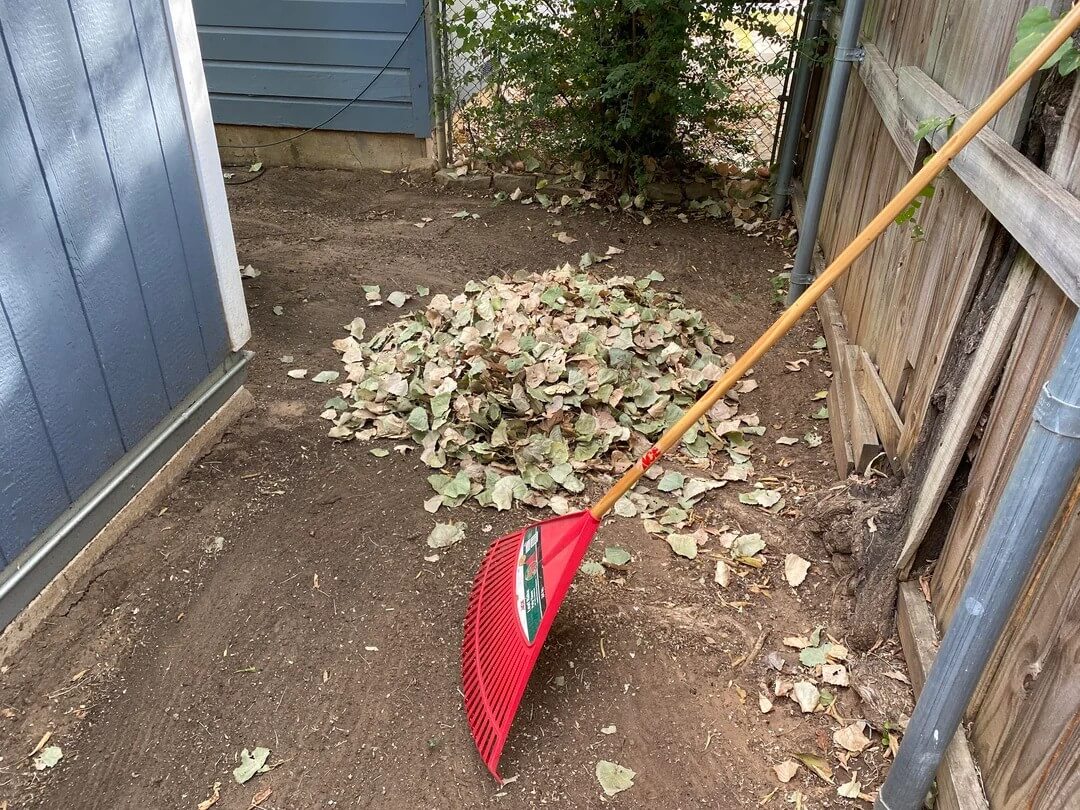
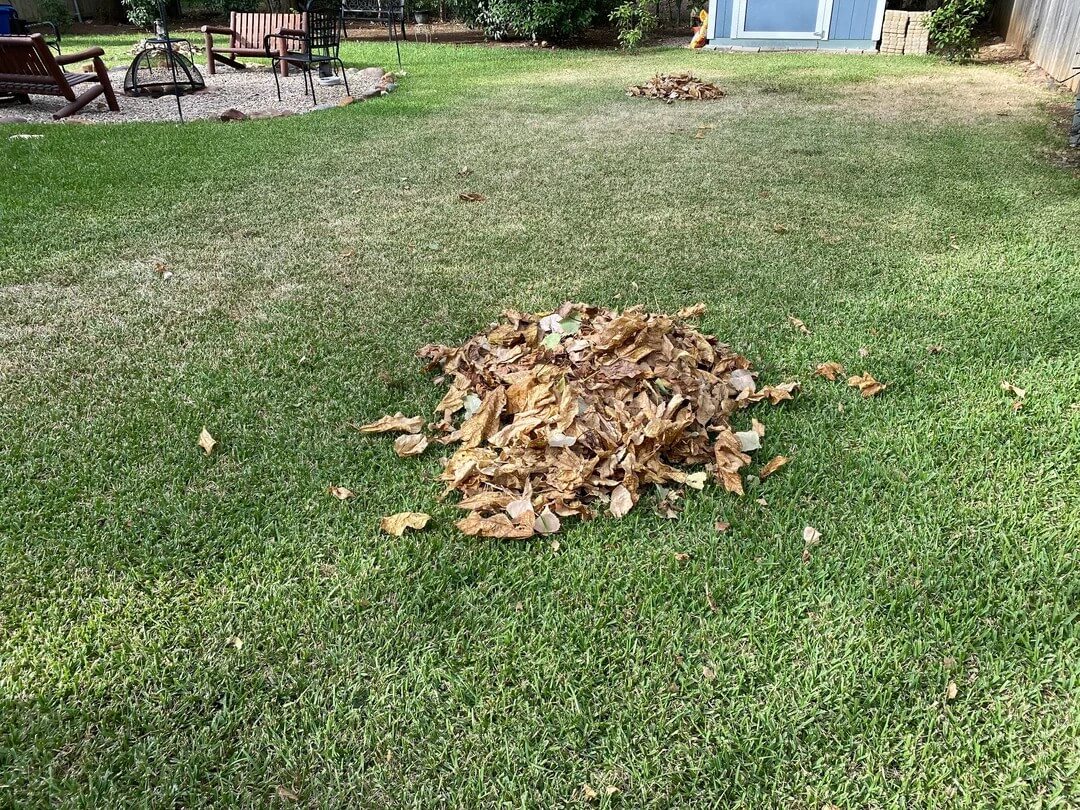
Spring is the time to give your lawn a good start. Start by raking up any leftover leaves and debris from the winter. This will help prevent disease and pests from taking hold. Then, give your lawn a good mow to remove any dead grass and promote healthy growth.
Spring is also a great time to fertilize your lawn. Choose a fertilizer that's appropriate for your grass type and apply it according to the package directions. This will give your lawn the nutrients it needs to grow strong and healthy.
Lawn diseases are most likely to occur in summer. These diseases can be caused by various factors, including heat stress, overwatering, and poor soil conditions.
One common summer lawn disease is brown patch. This disease is caused by a fungus that thrives in warm, humid conditions. It appears as circular patches of dead grass that can quickly spread if left untreated.
To prevent brown patches and other summer lawn diseases, water your lawn properly. Water deeply and infrequently rather than shallowly and frequently. This will encourage deep root growth and help your lawn withstand hot, dry conditions.
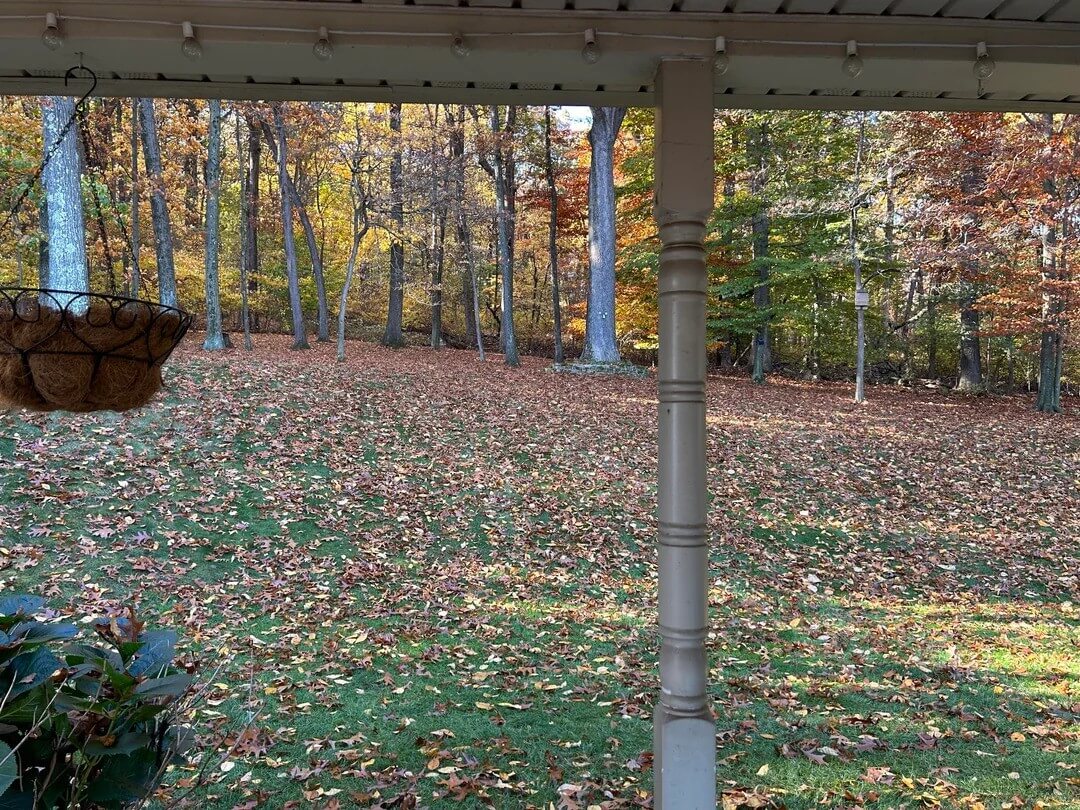
Fall is the time to prepare your lawn for the winter months. Start by raking your lawn to remove fallen leaves and debris. This will help prevent disease and pests from taking hold.
Fall is also a great time to oversee your lawn. This will help fill in any bare spots and promote healthy growth in the spring.
Choose a grass seed appropriate for your climate and soil conditions, and apply it according to the package directions.
Winter is a time of rest for your lawn, but that doesn't mean you can neglect it entirely. Ensure you're keeping your lawn debris-free, such as fallen branches and leaves. This will help prevent disease and pests from taking hold.
If you live in an area with heavy snowfall, shovel your sidewalks and driveways carefully to avoid damaging your lawn. If you're using de-icing products, make sure they're safe for use around plants and pets.
By following these seasonal lawn care tips, you can keep your lawn healthy and beautiful all year round.
Maintaining a healthy lawn is key to preventing lawn diseases. Here are some best practices to help you keep your lawn in top condition:
Mowing your lawn regularly is important to keep it healthy. Make sure your mower blades are sharp and set at the right height for your grass type. Mowing too low can stress your lawn and make it more susceptible to disease.
Water your lawn deeply and infrequently to encourage deep root growth. Watering too often can lead to shallow roots and make your lawn more susceptible to disease. It's also best to water in the morning to allow time for your lawn to dry before nightfall.
Applying the proper amount of fertilizer will help your lawn resist weed invasion. Improper application—applying fertilizer at the wrong time or applying too much fertilizer—can damage your lawn. Be sure to read the label on the fertilizer bag carefully and refer to the Florida Lawn Handbook for detailed information.
Aeration is the process of removing small plugs of soil from your lawn to reduce soil compaction and improve water and nutrient absorption. Aeration can also help prevent lawn diseases by improving air circulation and reducing moisture buildup.
Preventing lawn diseases is key to maintaining a healthy lawn. Here are some tips to help prevent lawn diseases:
By following these best practices, you can help keep your lawn healthy and prevent lawn diseases.
Maintaining a healthy lawn requires regular care and attention. Consider professional lawn care services if you're experiencing issues with your lawn, such as dead or dying spots.
These services can help you diagnose and treat lawn diseases and provide ongoing maintenance to keep your lawn healthy and vibrant.
When selecting a professional lawn care service:
This may include improving soil health, adjusting watering and fertilization schedules, and selecting grass varieties better suited to your local climate and conditions.
In addition to treatment and maintenance, many lawn care services offer additional services to help keep your lawn looking its best. These may include:
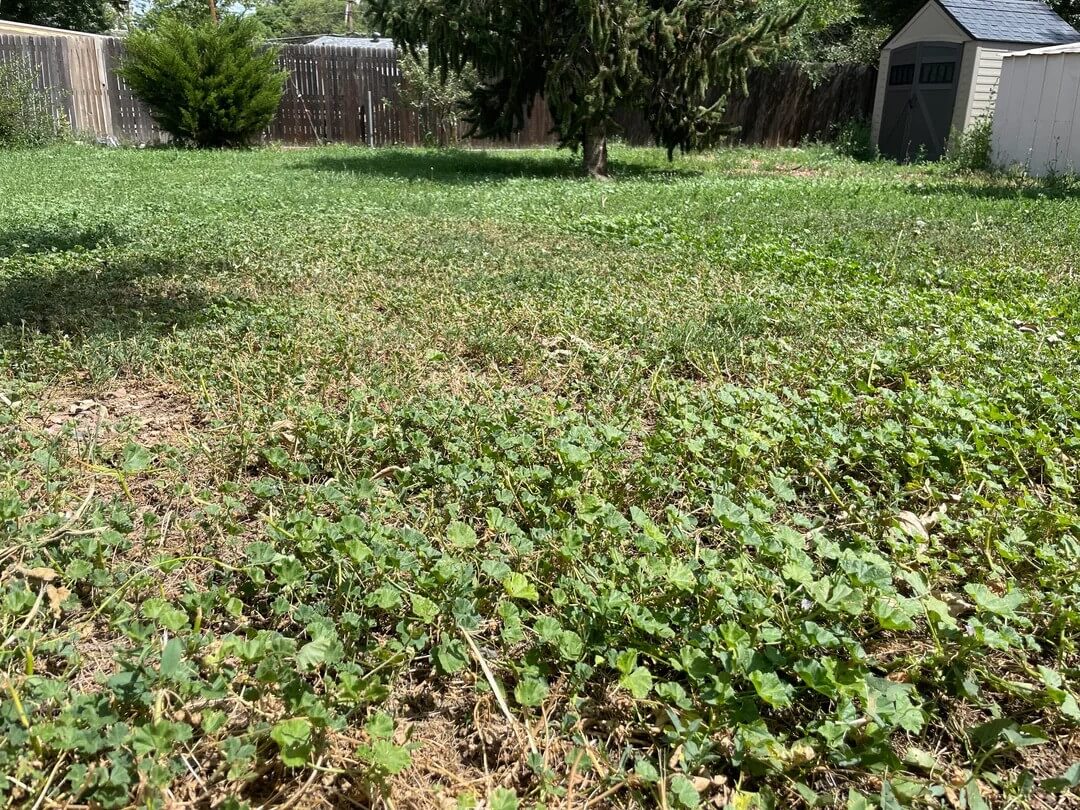
Overall, professional lawn care services can be a valuable investment in your lawn's health and appearance. By choosing a reputable company and taking a proactive approach to lawn care, you can enjoy a lush, green lawn year-round.
If you're a homeowner, you know how important it is to maintain a healthy lawn. Unfortunately, lawn diseases can strike at any time, causing damage to your grass and making your yard look less than perfect.
Here are some frequently asked questions about lawn diseases to help you understand what you're dealing with and how to treat it.
There are many types of lawn diseases, but some of the most common include powdery mildew, red thread, rust fungus, and pink snow mold. Each disease has unique symptoms and treatment methods, so it's essential to identify the specific disease you're dealing with before trying to treat it.
The symptoms of lawn diseases can vary depending on the specific disease, but some common signs to look out for include:
If you notice any of these symptoms, taking action quickly is essential to prevent the disease from spreading.
The best way to prevent lawn diseases is to maintain a healthy lawn. This means:
The treatment for lawn diseases will depend on the specific disease you're dealing with. In some cases, you may be able to treat the disease with fungicides or other chemical treatments. In other cases, you may need to remove the affected grass areas and replant them with healthy grass.
It's essential to consult with a lawn care professional to determine the best course of action for your specific situation.
Lawn diseases can be a frustrating problem for homeowners, but with the right knowledge and treatment methods, you can keep your lawn healthy and looking great.
By following these tips and taking action quickly if you notice any signs of a disease, you can prevent the spread of the disease and keep your lawn in top condition.